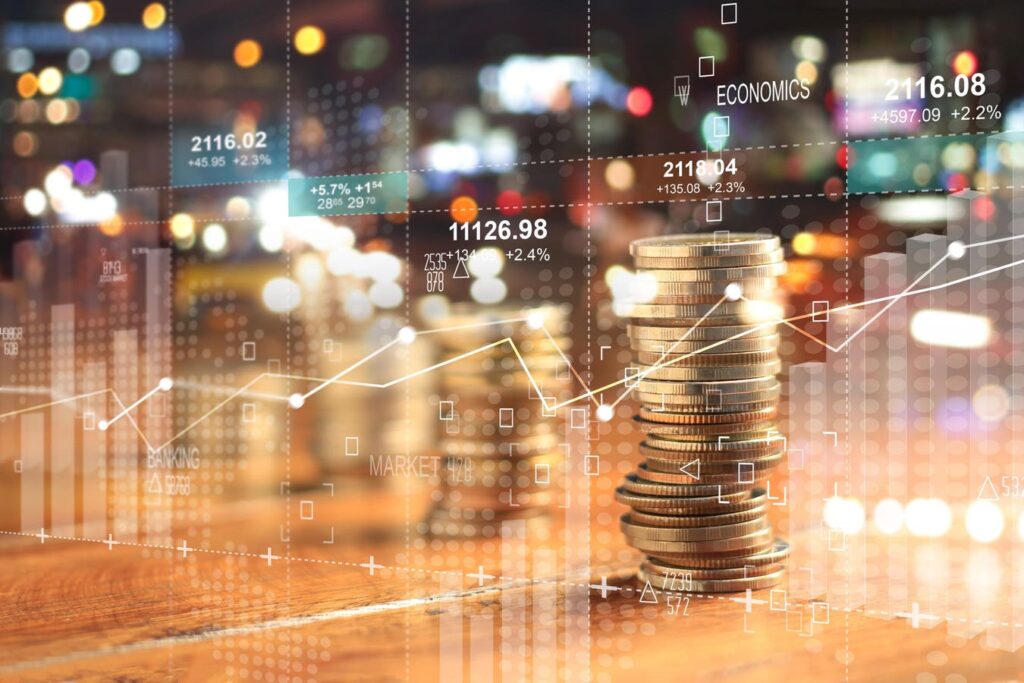As the U.S. prepares for a presidential transition and anticipates economic uncertainty into 2025, many Americans are turning to investment strategies aimed at mitigating potential risks associated with fluctuating market conditions. Amidst various investment options, gold stands out as a historically stable asset that can provide a buffer against challenges like inflation, devaluation of the dollar, and declining interest rates. This stability makes gold an appealing choice for those looking to diversify their portfolios, particularly during periods marked by economic volatility and uncertainty, as its value tends to remain resilient in the face of market turmoil.
Gold has long been recognized for its ability to hold value during financial downturns. Historical events underscore this resilience; during the 2008 financial crisis, for instance, gold prices increased significantly as investors sought safer havens amidst a plummeting stock market. Similarly, during the oil and energy crises of the 1970s, gold maintained its appeal even amid rampant inflation and drastic shifts in monetary policy, like Nixon’s elimination of the gold standard. These instances bolster gold’s reputation as a reliable asset that can offer protection against economic turbulence and political changes, further incentivizing investors who are cautious about their financial futures.
For those interested in integrating gold into their investment strategies, several avenues are available, each with its own advantages and considerations. Gold bars, for example, represent a tangible investment option, offering intrinsic value and protection from market fluctuations. However, they necessitate secure storage and may incur additional costs for insurance and verification when reselling. Gold bars are often sought by long-term investors who prioritize physical assets and the stability they offer. Notable providers in this sector include Bishop Gold Group, JM Bullion, APMEX, and Kitco.
Alternatively, investors might consider Gold Exchange-Traded Funds (ETFs), which allow for exposure to gold without the need for physical ownership. These instruments, easily traded on stock exchanges, offer liquidity and generally lower transaction costs, making them accessible for both short- and long-term investors. However, it’s important to understand that investors in Gold ETFs do not directly own physical gold; instead, they hold shares that are backed by gold reserves. This structure can introduce greater price volatility relative to physical gold, influenced by market fluctuations. Leading options in the ETF market include SPDR Gold Shares (GLD), iShares Gold Trust (IAU), and Aberdeen Standard Physical Gold Shares (SGOL).
For investors with a penchant for collectibility, gold coins present an attractive middle ground. These items possess both financial and historical value, with well-known examples like the American Eagle and Canadian Maple Leaf. While they often come at a premium above spot prices, gold coins are typically easy to sell and store, attracting investors who appreciate both their aesthetic appeal and investment potential. Responsible providers of gold coins include institutions such as Bishop Gold Group, Bullion Exchanges, and the U.S. Mint.
Gold futures represent a more advanced investment option, permitting traders to control larger quantities of gold with limited capital outlay. This can lead to potentially higher returns but comes with significant risks and requires expert knowledge due to the inherent volatility of futures contracts. They are typically better suited for seasoned investors with a tolerance for risk and are traded on platforms like the Chicago Mercantile Exchange (CME). Finally, Gold IRAs provide a method for incorporating gold into retirement portfolios, allowing for tax advantages. However, these accounts often entail higher fees and stricter regulations regarding the types of gold investments permissible.
As an emerging trend, digital gold offers a contemporary way to invest in gold without the intricacies of physical storage. This option is particularly appealing for those seeking a low-cost entry into gold investments while enjoying the flexibility of online trading. While digital gold provides convenience, investors should remain cautious about its regulatory status and associated fees. Platforms like OneGold, CyberMetals, and Gilded facilitate digital gold transactions. Overall, regardless of the format selected for investment, gold remains a compelling choice for individuals aiming to build a robust financial portfolio capable of weathering uncertainties, making it an asset worth considering as the country navigates the evolving economic landscape in the near future.

